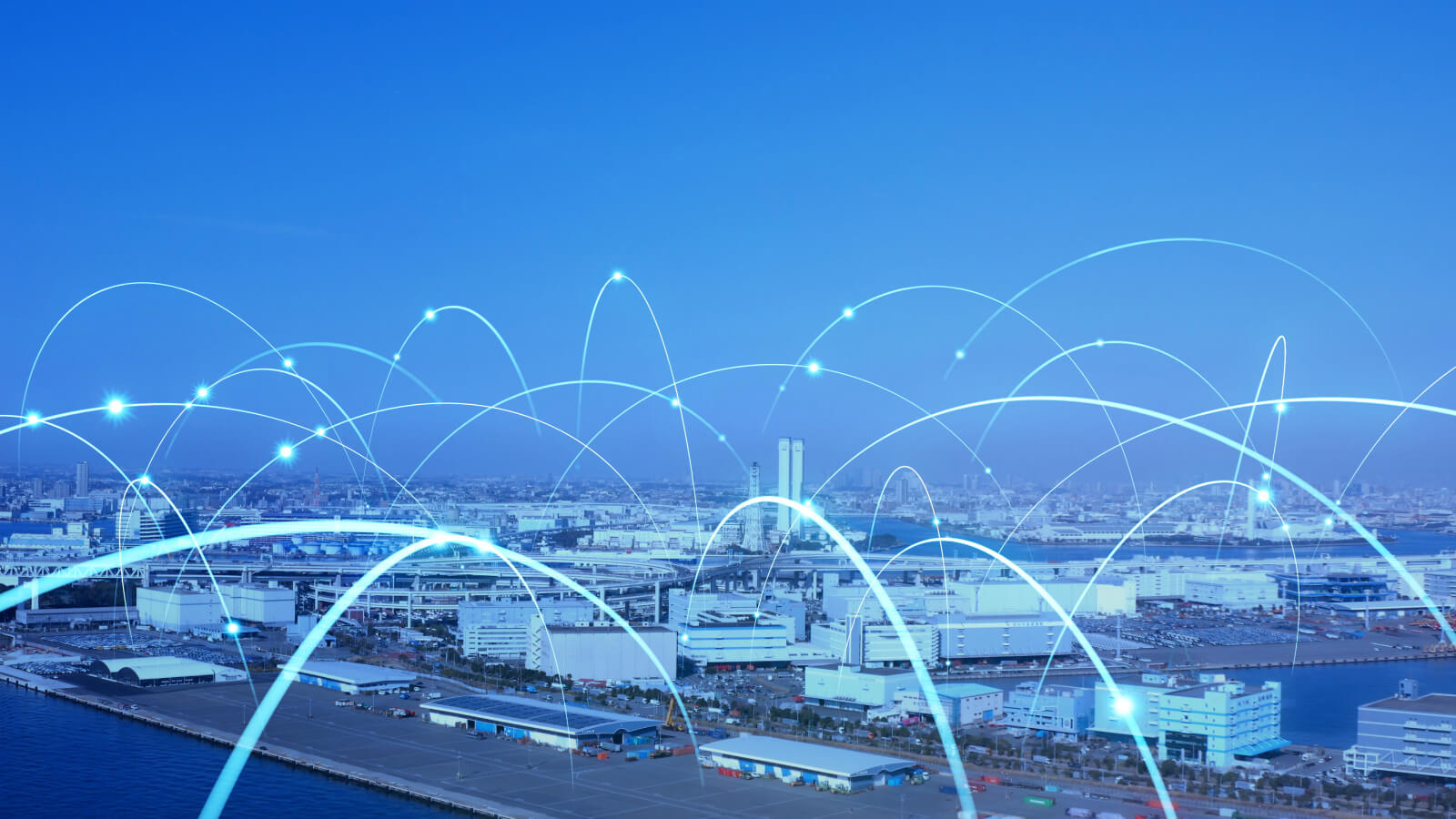
This post was originally featured on Logistics Viewpoints.
I recently read a thought-provoking report with several predictions about the future of supply chain technology. As I read through it, I was struck by a glaring dichotomy: Supply chain organizations are expected to double down on artificial intelligence, advanced analytics and various digital supply chain technologies — and yet the report predicts that “through 2023, less than 5% [emphasis mine] of control-tower-like deployments will fulfill their end-to-end potential.”
Let me underscore the obvious here: 5% is a woeful “success rate”. How can it be that so many companies will continue to invest so much in state-of-the art technologies, and yet fewer than one in 20 control tower deployments are expected to deliver on their potential?
My view? Much of the industry at large simply isn’t seeing the forest for the trees. To actually realize the promise of end-to-end visibility and control over our incredibly complex supply chain networks, we need really big picture thinking — particularly when it comes to the supply chain data networks that serve as the foundation for true digital transformation. Here’s what I mean.
At its core, the control tower concept is about “stitching together complex and siloed supply chains” so organizations have greater visibility and better insights to help them run more efficient operations. Real-time visibility platforms are an indispensable piece of the puzzle, and the report predicts that 50% of global product-centric enterprises will have invested in real-time visibility platforms by 2023. But advising that visibility vendors should be evaluated based on “how well they align to the company’s existing carrier network” overlooks several other critical factors that should be part of the calculus.
Without a doubt, real-time visibility into carrier networks is a must-have. But carriers are only one component of a complete supply chain network. Taking a bigger-picture view, there are also other critical elements to focus on when building out a robust supply chain data network:
To be clear, achieving the “end-to-end promise” of supply chain control tower capabilities is hard work. But organizations will never achieve anything like robust control tower functionality without first taking a big-picture view that comes from a data network bringing together the right stakeholders. That means unifying quality data from disparate systems, layered on top of artificial intelligence, advanced analytics and other state-of-the-art technologies — all in one modern platform.